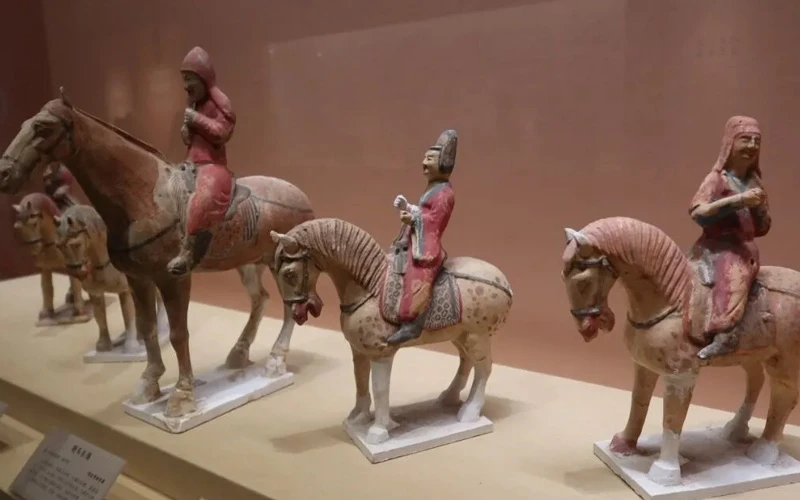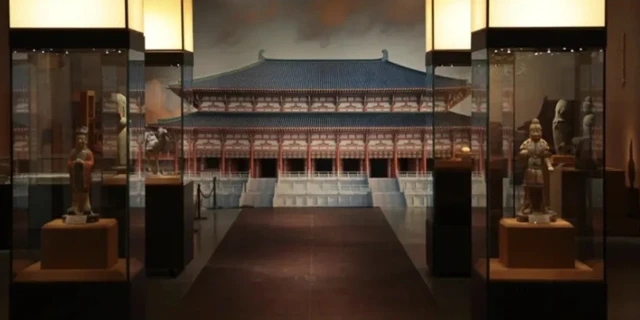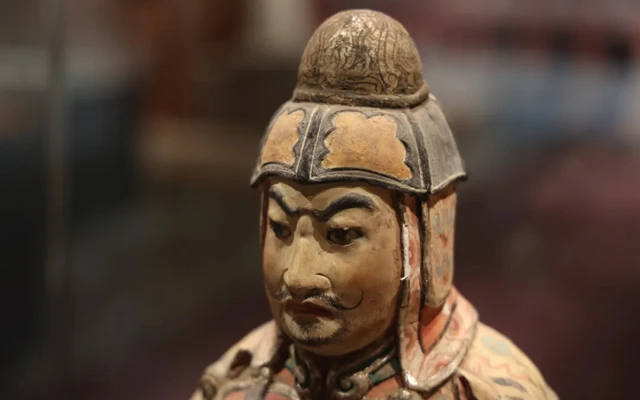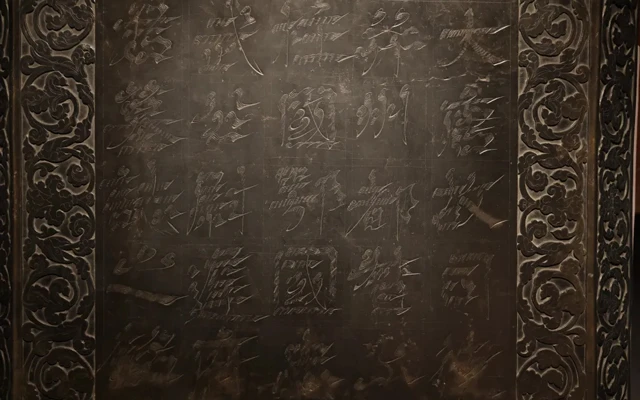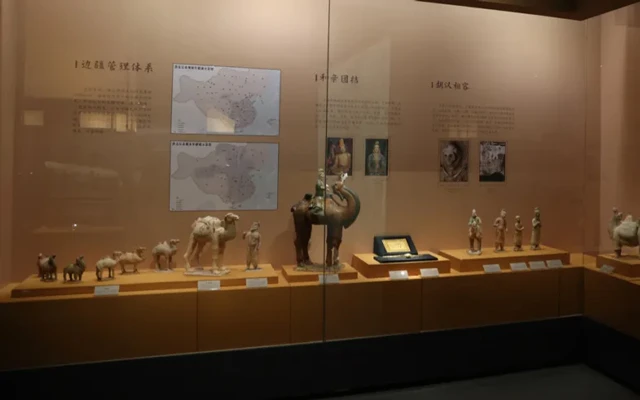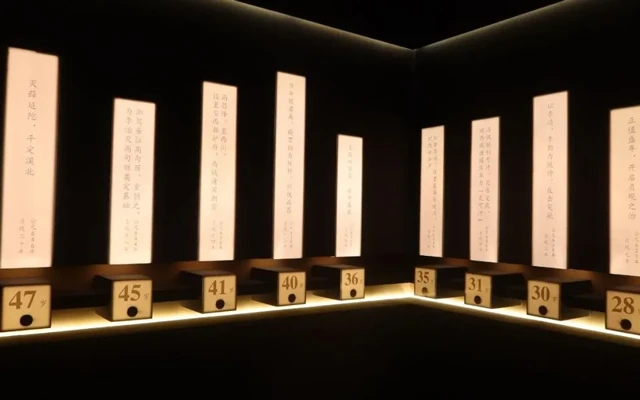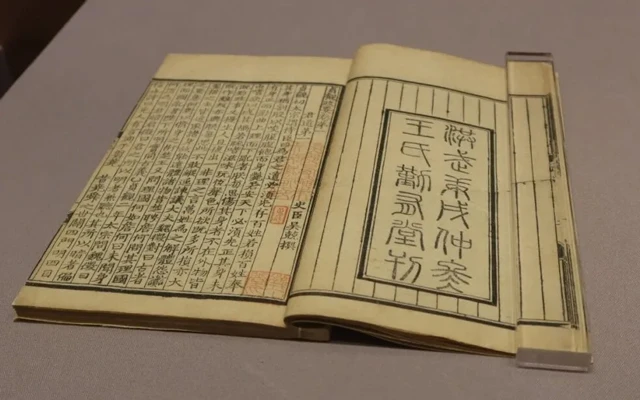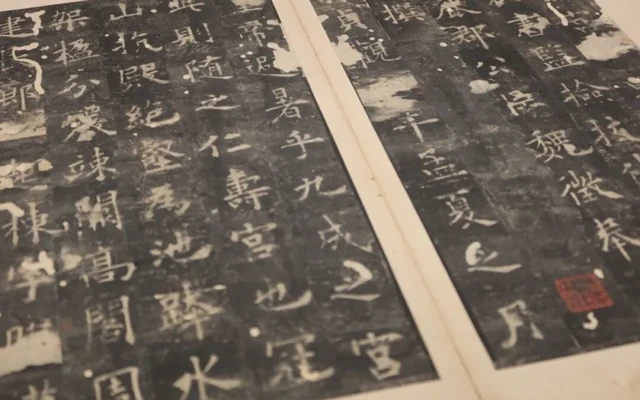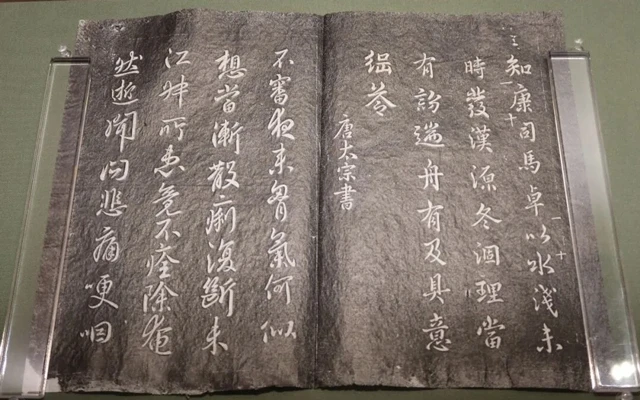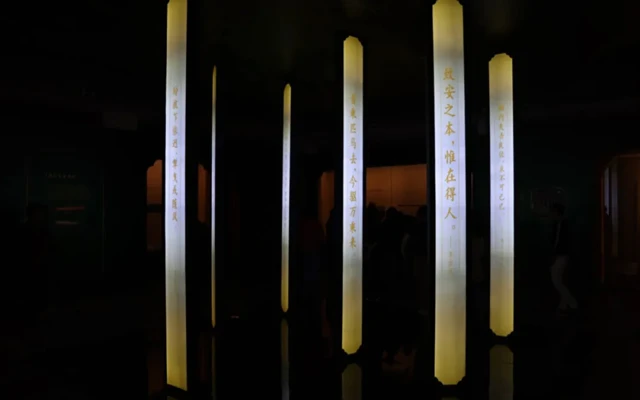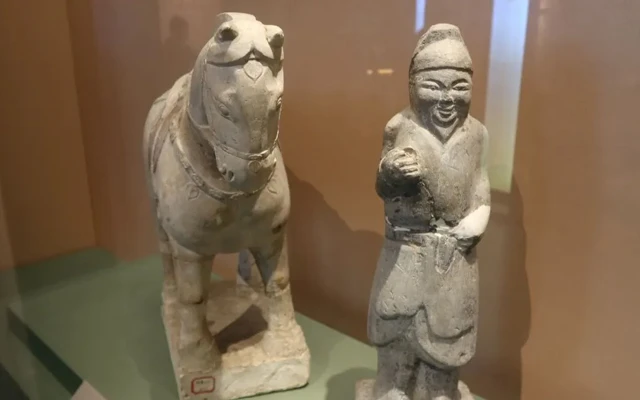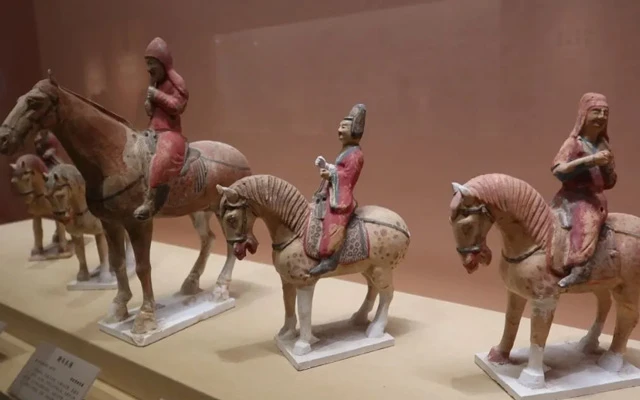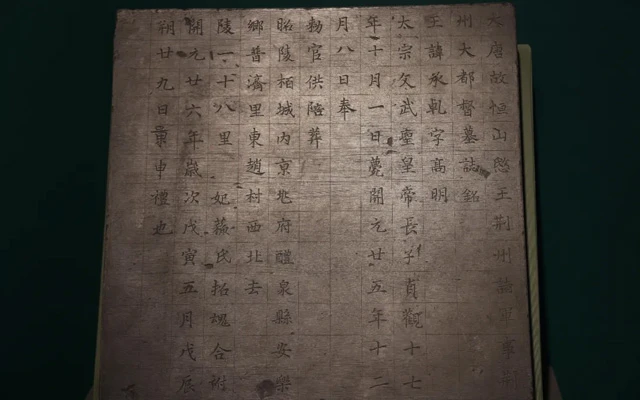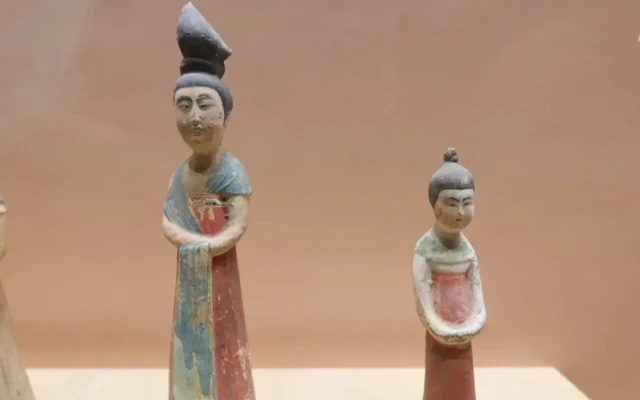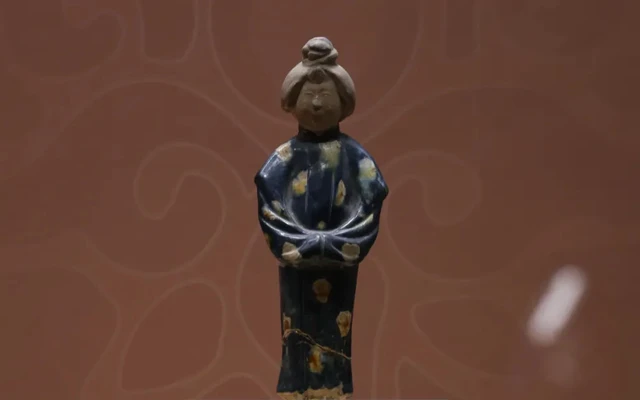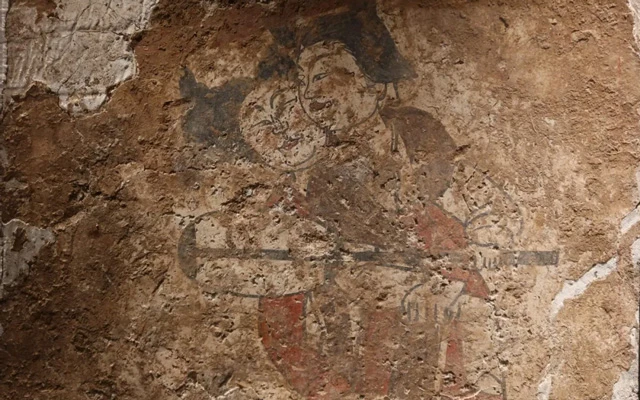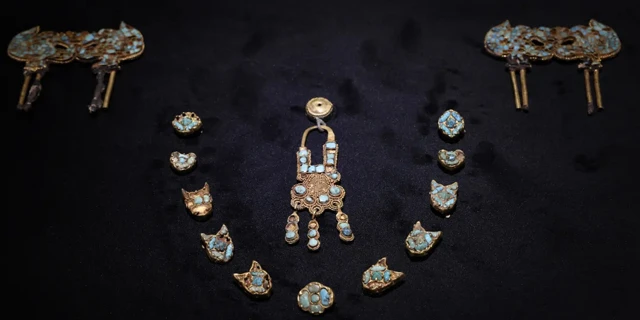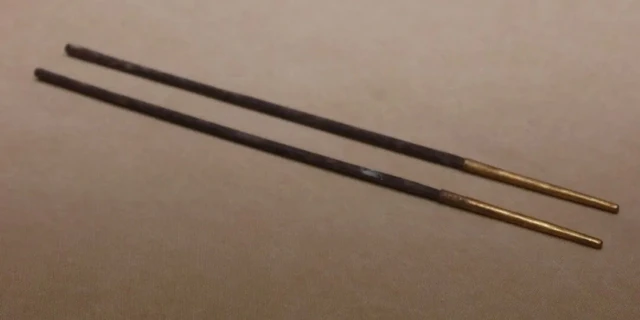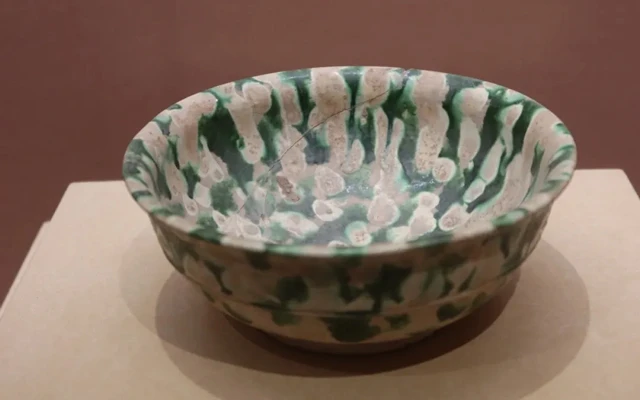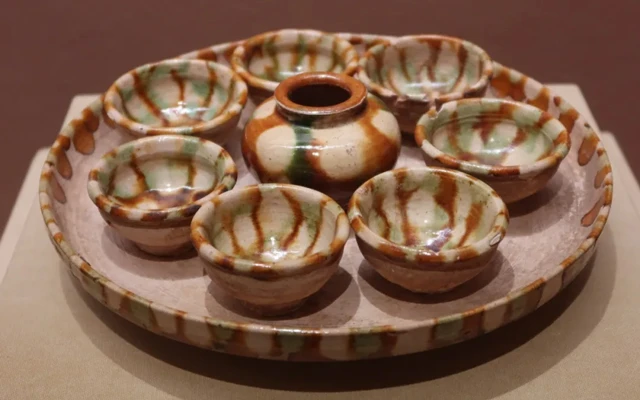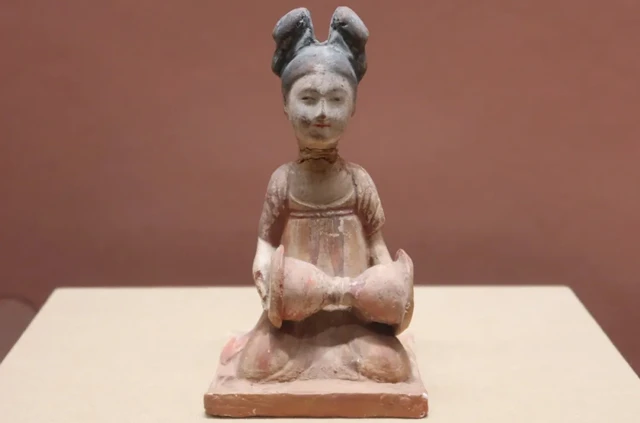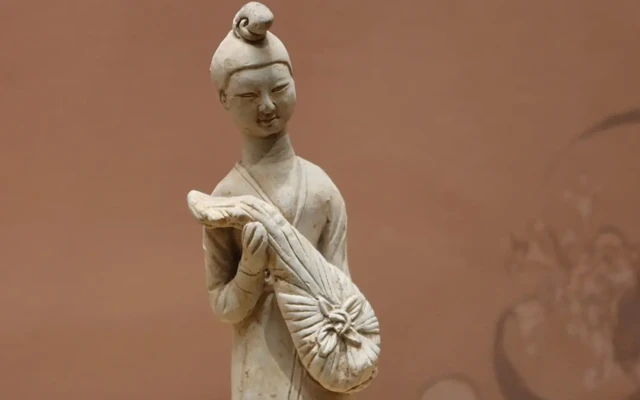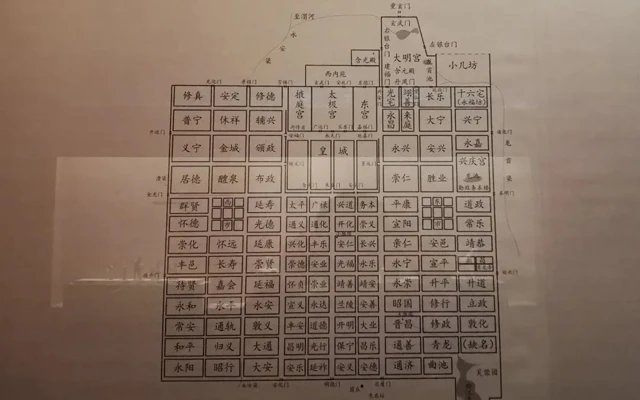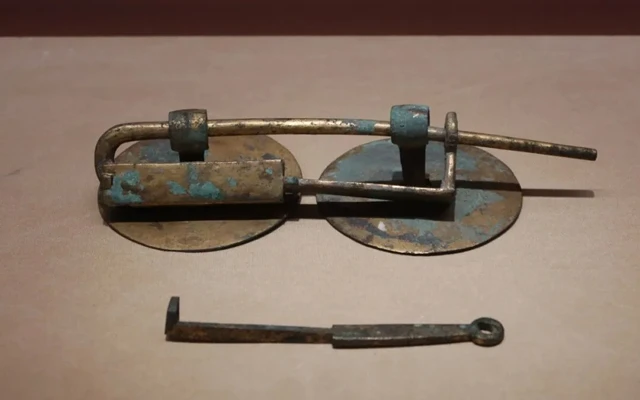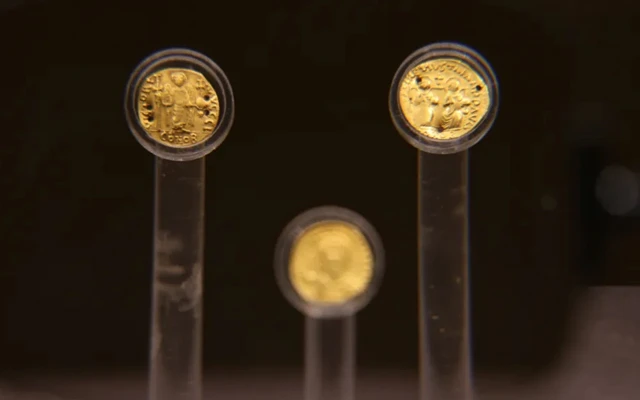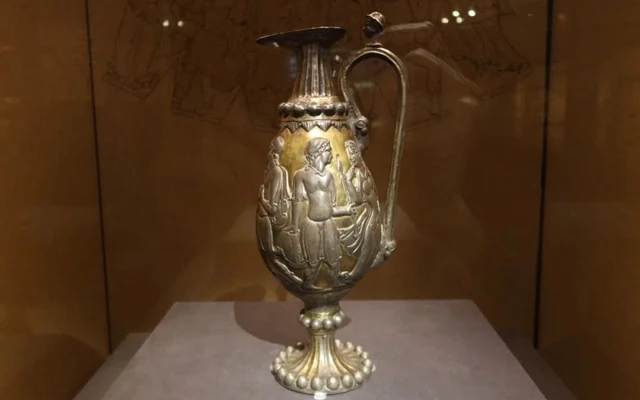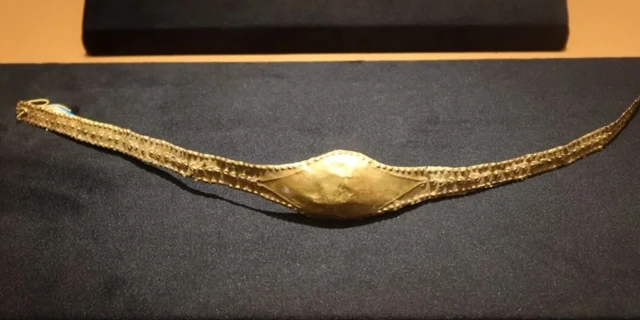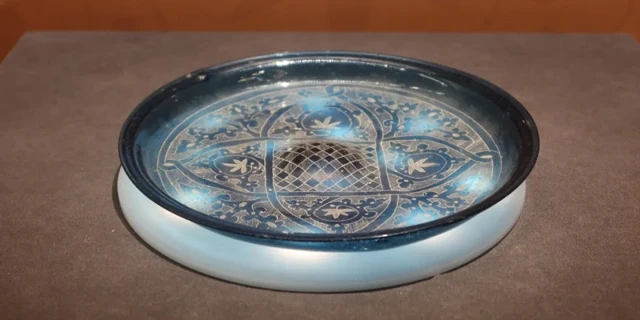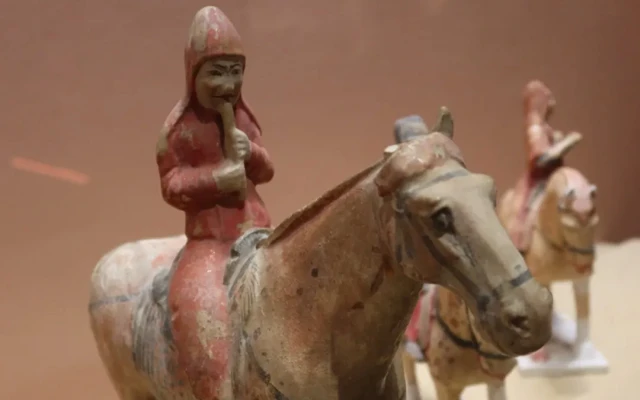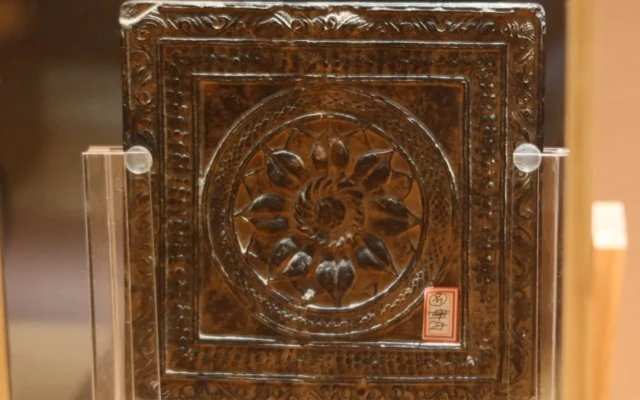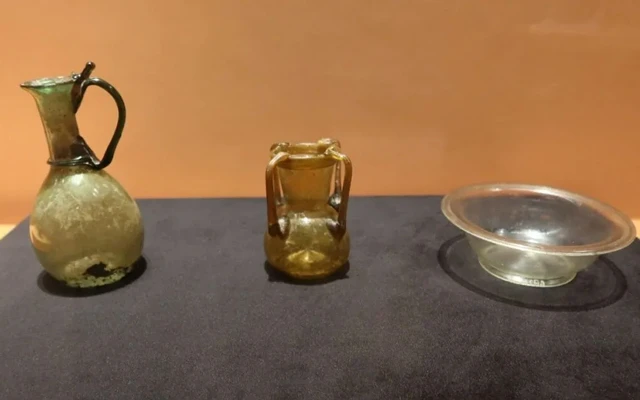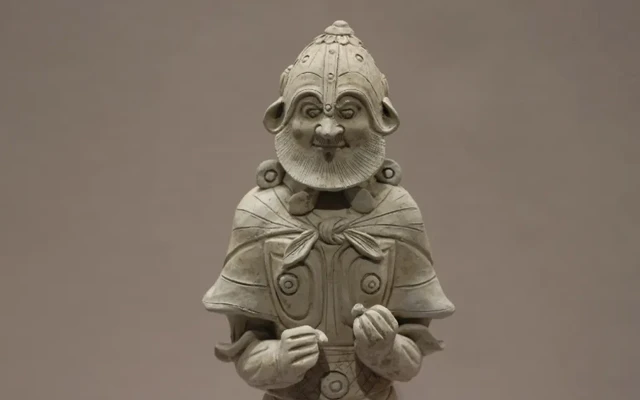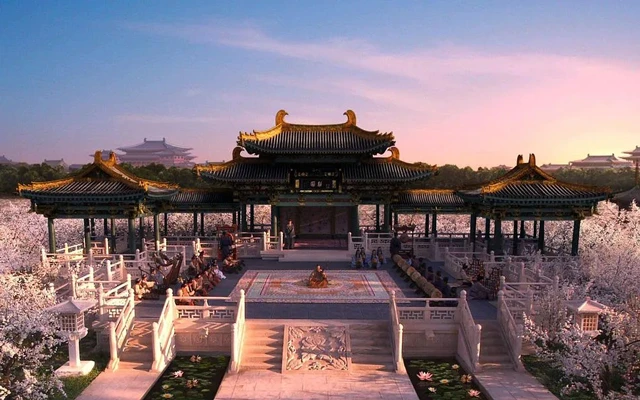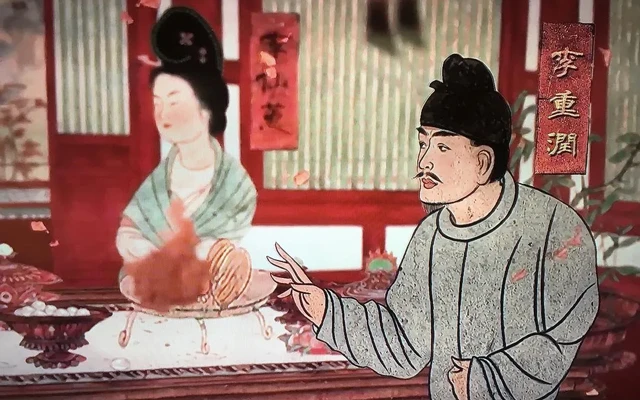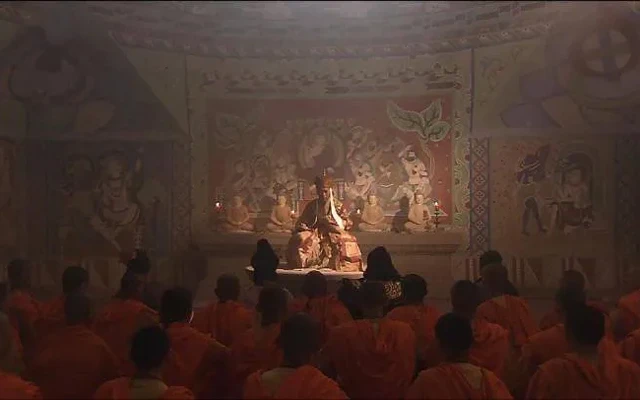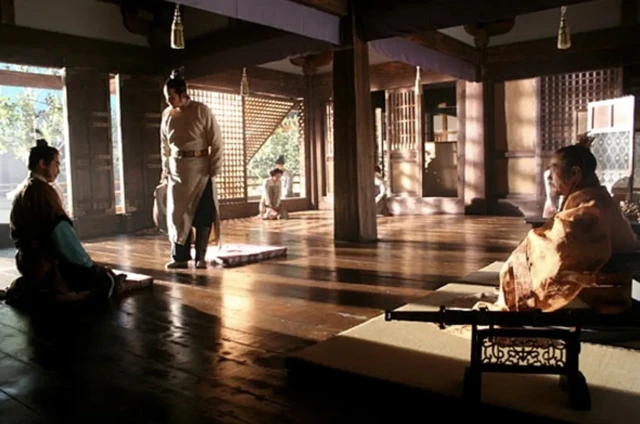If granted the opportunity to travel back in time, returning to the Tang Dynasty would undoubtedly be a splendid choice. Currently, there is an exhibition that can make this dream a reality.
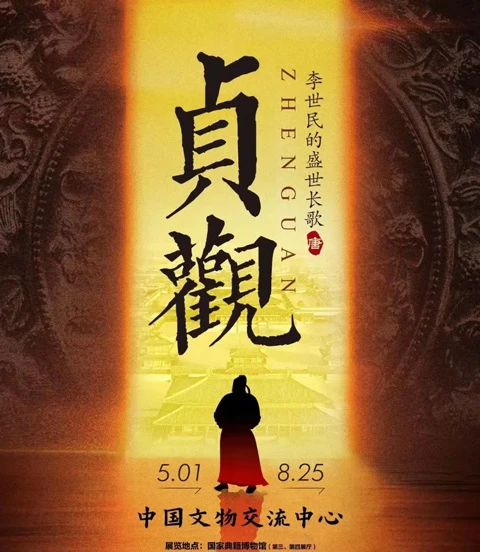
- Exhibition: "The Prosperous of Zhenguan - The Magnificent Era of Li Shimin"
- Dates: May 1, 2024 - August 25, 2024
- Location: National Museum of Classic Books
The exhibition's title is straightforward, primarily focusing on the Tang Emperor Li Shimin, known as Taizong, a figure familiar to us all. What resonates most is his era known as the "Zhenguan Reign." However, the historical accounts in textbooks are so brief that the image of Emperor Taizong portrayed is merely that of a wise ruler who valued advice. In reality, he had a military background, and his life story remains largely unknown to us.
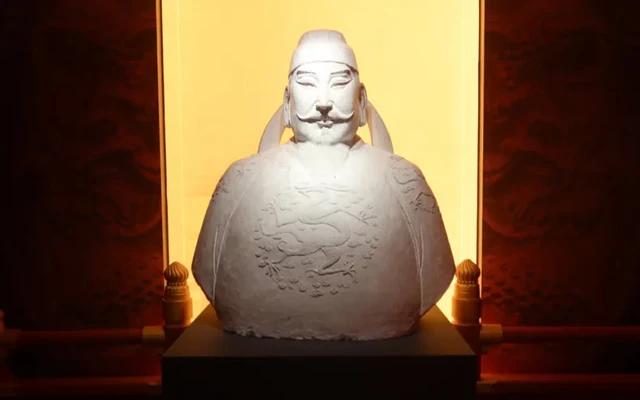
This exhibition aims to present him and that historical period in a more vivid and tangible manner. With 249 precious artifacts from 15 museums nationwide, it transports us back to that era of prosperity, peace, inclusivity, and openness. Among these exhibits are some significant pieces, such as the gilded and painted military and civil figurines, the portrait of a lady from the Duan Jianbi tomb, and the epitaph of Yuchi Gong.
Furthermore, the exhibition has brought together replicas of the "Six Steeds of Zhao Mausoleum," offering a rare opportunity to view them as a whole.
The exhibition is divided into four parts:
- Detailing Li Shimin's military campaigns and strategies in governance.
- Focusing on Li Shimin's governance and statecraft.
- Narrating Li Shimin's unification of the borders.
- Revealing aspects of Li Shimin's personal life.
With a spacious exhibition hall utilizing various audiovisual technologies, the aim is to create an immersive and engaging viewing experience.
Part 1: He was not only an emperor but also a flesh-and-blood individual.
From his youth as a warrior to becoming the new ruler of the Tang Dynasty, and then evolving into a distinguished monarch, the exhibition meticulously delineates every significant stage of his life and the historical events that unfolded therein.
Key initiatives in the life of emperor Taizong of Tang.
His martial achievements, cultural governance, and frugal ethos.
Furthermore, certain intricacies revealed in the exhibition shed light on an alternative aspect of Li Shimin. His fondness for calligraphy led him to emulate the ink strokes of Wang Xizhi.
Proficient in poetry and calligraphy, he fostered the "Zhenguan poetic style" in collaboration with other literati.
With a passion for archery and horsemanship, he frequently organized hunting expeditions.
He also composed dances such as the "Qin Wang Po Zhen Yue" and more.
When faced with discord among his offspring, he took decisive action by designating a new heir.
As a father, he imparted education to his children in literature and decorum. The exhibition, centered around Li Shimin's personal growth and grand achievements, interprets his extraordinary life and presents a vivid portrayal of the human being behind the legend.
Part 2: During the golden age of the Tang Dynasty, the lifestyle of the people in terms of clothing, food, shelter, and transportation is vividly depicted in the exhibition hall.
It is often said that plumpness was revered as beauty in the Tang Dynasty, with individuals exhibiting grace in their physique and opulence in their attire. However, during the early Tang period, people tended to have relatively slender figures.
The air of elegance and vitality emanating from their countenances can even be felt through the glass. What did people wear back then? A stylish garment with a small collar, narrow sleeves, and a cinched waist, adorned with blue hues and delicate white floral patterns.
The two female attendants, one draped in deep purple silk and the other in a red narrow-sleeved jacket, exuded a youthful aura.
In addition, there were elaborate golden armlets coiling around their arms, silver hairpins adorned with various intricate patterns, and ornate headpieces embellishing their attire.
Regarding their dining habits, these chopsticks with gold-wrapped tips exude a sense of luxury.
The tri-colored bowl with its pea-green decorations remains timeless and elegant even by today's standards.
Furthermore, the "Seven Star Plate," comprising teacups, a tray, and a teapot, forms a picturesque ensemble resembling the "Seven Stars Holding the Moon."
As for their pastimes, the rhythmic beats of a slender-waisted drum held in both hands added a musical touch. The lute, embellished with a delicate butterfly knot in the middle, showcased exquisite craftsmanship.
In terms of their dwellings, the renowned city of Chang'an, a world-famous metropolis, stood as the largest, most magnificent, and systematically planned capital city of its time. Adorning the doors were gilded bronze locks of similar craftsmanship.
Part 3: An era of mutual exchange and cultural assimilation unfolds, encapsulating a remarkable period through the lens of Emperor Xuanzong of Tang. The exhibition not only celebrates this monarch but also unveils a magnificent epoch of intercultural dialogue.
Within the exhibition hall, artifacts originating from the Western world add a fascinating dimension. For instance, a gold coin from the Eastern Roman Empire showcases intricate portraits and inscriptions in both Latin and Greek alphabets, exuding exquisite craftsmanship.
Similarly, a gilded silver jug intricately depicts the renowned tale of the Trojan War from Greek mythology.
The gold chin ornament, also found in family tombs associated with Central Asian Sogdian people, reflects a blend of cultures.
Among the Islamic-influenced glassware, the blue glass plate stands out as a distinctive artifact.
Moreover, certain relics demonstrate a fusion of Eastern and Western influences, giving rise to innovative creations. For instance, during the Tang Dynasty, there were over 300 musical instruments, with instruments such as the pipa, konghou, flute, and sheng from the Western Regions playing a significant role in musical performances.
From the Western Regions came not only musical instruments but also dances, such as the Hu Xuan Dance.
The decorative motifs on stone relief bricks exemplify the distinct style of the Sassanid Empire in Western Asia. Glass bottles and bowls gradually gained popularity during that era, heavily influenced by Roman glassmaking techniques.
Silk, a primary commodity in China's foreign trade, was exported to regions like Central Asia, India, and Japan. The fusion of Eastern and Western patterns on silk fabrics exemplified this cultural amalgamation.
However, the essence of this era lies in its people. It was through human interactions that cultures, trade, and more flourished and evolved. For instance, in Chang'an, the image of a white pottery warrior figurine was a common sight, characterized by prominent features of the Hu people. Their presence, alongside the Han Chinese of the Central Plains, contributed to the vibrant tapestry of the Tang Dynasty civilization that they jointly created.
If you wish to delve deeper into the realm of the Tang Dynasty, you may explore the following documentaries:
1 - Daming Palace
The grandeur and decline of the entire Tang Dynasty are encapsulated in the splendor and demise of the Great Tang Palace. From the era of prosperous governance under Emperor Taizong to the pinnacle of the Kaiyuan era, from the first female emperor in Chinese history, Wu Zetian, to the reign of Emperor Xuanzong marked by both achievements and setbacks, from the tumultuous An Lushan Rebellion to the distress of regional warlord rule. The celestial palaces under the nine heavens, with nations bowing in admiration, evoke awe and admiration for the flourishing Tang Dynasty. Yet, as the nation crumbled, with nature reclaiming the abandoned cities, the decline of the once-great Tang Dynasty elicits a sense of poignant reflection.
2 - Imperial Mausoleums
This documentary employs animation to narrate the stories of six imperial tombs, unveiling the riveting political intrigues and power struggles behind the reigns of these emperors. It decrypts the royal secrets and tumultuous journeys of a glorious era.
3 - The Journey of Xuanzang
Xuanzang is arguably our most familiar monk. Of course, his fame is not because of its dedication to Buddhism and cultivation, but from the "Journey to the West". The real Xuanzang and how, but little is known.
Following his quest for Buddhist scriptures, he traversed snow-capped mountains and desolate deserts over nineteen years, journeying through one hundred and ten countries. The documentary skillfully captures the profound impact of this eminent monk's missionary endeavors, evoking tears of admiration.
4 - The Rise of the Tang Empire
Some regard this historical drama as a Chinese documentary in itself. The meticulous scriptwriting and the actors' compelling performances allow viewers to immerse themselves in the emotions and personalities of the characters.
The backdrop, costumes, and settings faithfully recreate the splendor of early Tang, featuring elements such as the long-lost renowned Modao, the tradition of carrying the pipa horizontally, the vibrant colors of ceremonial attire like purple and green, and the elaborate hairstyles of noblewomen, providing a glimpse into the era through murals and other references.
